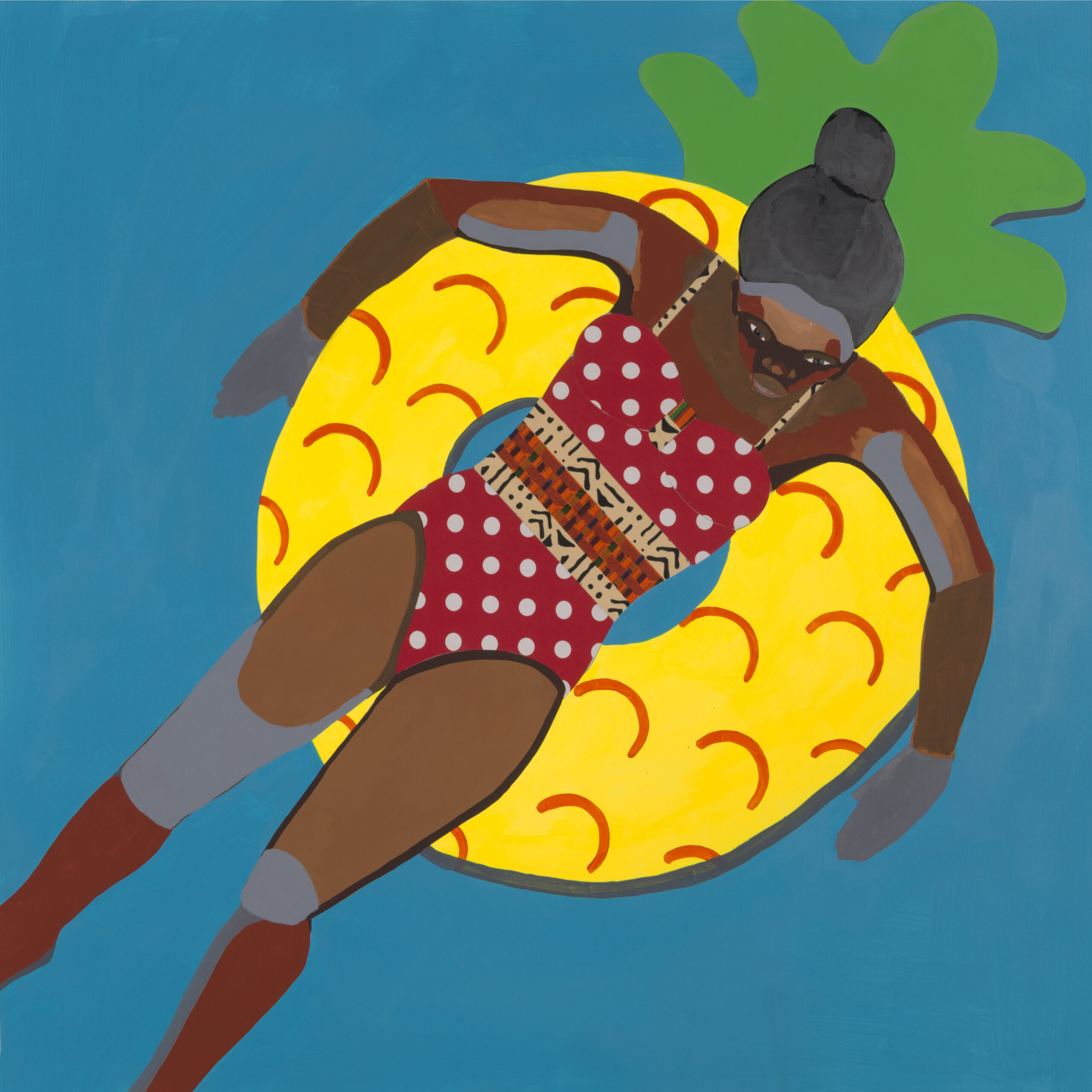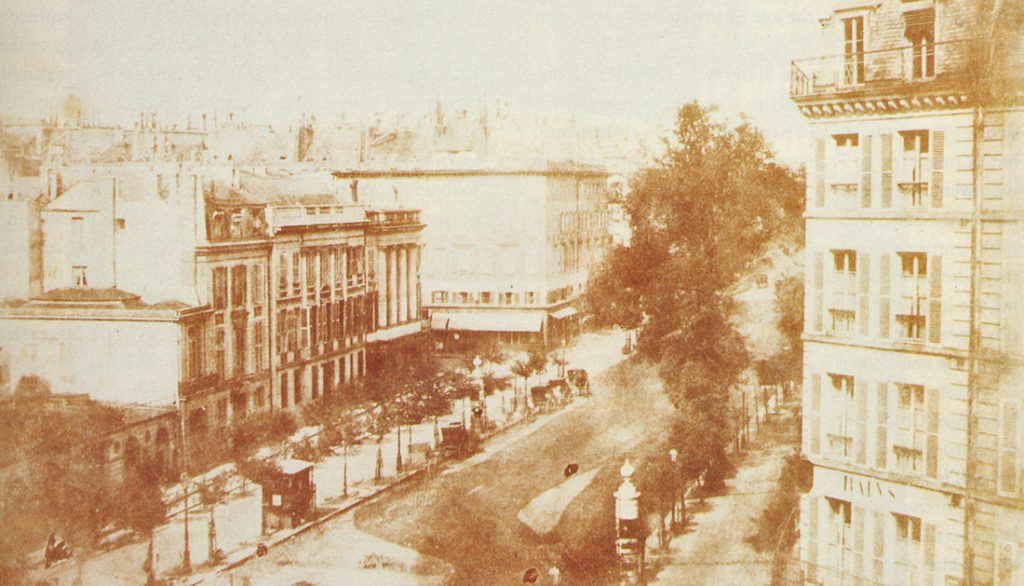Many businesses in the Tampa Bay area slowly reopened over the summer, including most of our favorite museums – with one notable exception.
The Museum of Fine Arts, the oldest museum in St. Petersburg and a main attraction on downtown’s Beach Drive, made the very difficult decision to remain closed throughout the summer months.
“Much of our membership falls into higher-risk categories and our team came to the conclusion that we simply would not put them at risk,” says Julie Wilson, director of marketing and communications. “We had considered opening in July, but the increase in cases made it clear we should stay closed.
“Executive Director Kristen Shepherd spoke with museums all over the country to see what they were doing and, after considering all of the information, we were able to come up with a strategy that worked for MFA specifically.”
The wait will be over, at least in the Hough wing, in September. (More on that in a moment.)
MFA boasts one of the best permanent collections in Florida, from antiquities to modern art, from Monet to O’Keeffe. Having grown up in NYC, I think of it as the “Met” of St. Petersburg. I’ve been a fan since moving here in 1985 and have visited hundreds of times.
Personally, a highlight of my year since the event began in the ’90s is participating in “Art in Bloom” – an MFA annual rite of spring in which florists, garden clubbers and other creatives build fresh floral arrangements that interpret approximately 50 works of art. When this year’s Art in Bloom was cancelled in March, it was an early sign of the sacrifices to come.
“The spring exhibit Art of the Stage had only been open for six weeks, and at the height of season, when we had to close,” says Wilson. “We knew we were looking at a difficult time for the whole community.”
How does an organization this size stay solvent, if not profitable, during a massive shutdown?
“In a large museum, you don’t simply turn off the lights and work from home,” says Wilson. “The collections require special maintenance, storage and temperature controls that are costly. There is no furloughing a curator. Many of our operations needed to go on, as well as the creation of innovative online programming.”
So where does the funding come from?
“No doubt, lack of admission sales hurt us,” explains Wilson, “not to mention special events, rentals, etc. But, when the development team went to work, we were inspired by the level of loyalty and support from our members, museum supporters and the community. Many purchased memberships in advance for later use or made generous donations to help keep us going.” The museum also received PPP money from the CARES Act to retain core staff.
The one casualty to date has been the museum store. With closure, all store employees were furloughed indefinitely. “The plan is to keep it closed until at least the end of the year,” says Wilson. “We want to reimagine the best use of the space and we do plan to have a retail space of some kind.” In the meantime, the online store continues to provide customers with the opportunity to buy some of the coolest merch in St. Pete.
During down-time for the physical space, the Museum of Fine Arts has remained active in cyberspace with a number of engaging programs: virtual tours with curators Katherine Pill and Stanton Thomas, puzzles and games for the kids, virtual cocktail hours for the grown-ups – even Spotify sets accompanying works of art. The popular book club has continued to meet in the Zoom realm. “We have worked hard to provide great programming, and much of it will continue after we re-open,” says Wilson.

The museum’s closure did yield one side benefit — it gave the green light to long-planned renovations in the older galleries south of the great entry hall. Special Projects Manager Jorge Vidal has been overseeing the facelift, which will be unveiled in October. Funding for this project had been raised and set aside long before the pandemic.
Meanwhile, there’s an exciting exhibition in the newly reopened Hough wing — an exhibit of the works of Derrick Adams, a contemporary artist whose star has been rising over the past year or so. The exhibit was planned long before the death of George Floyd ignited the current movement for social justice, but it’s sure to be seen as both prophetic and timely. Entitled Buoyant, it depicts in stunning color a view of African American life and culture that falls outside of stereotypical perceptions. Inspired by a 1967 article in Ebony magazine about Martin Luther King, Jr’s vacation in Jamaica, Buoyant celebrates fun and leisure in Black lives. Many of the scenes are set poolside with beach chairs and floaties – colorful bathing attire and the bluest water — scenes often hidden from, or simply not imagined by white society.
“Buoyant comes to us from the Hudson River Museum in Yonkers,” explains Wilson. “The Museum of Fine Arts will be only the second to host this incredible collection, and the first in the Southeast.”
Buoyant opened in the Hazel Hough Wing on September 12 to members and opens on September 19 to the general public. General admission has been reduced to compensate for the continuing closure of the main galleries. “We will be adhering to CDC standards for a ‘Phase 1’ opening of 25% occupancy,” says Wilson. “There will be signage and timed ticketing to make the new reality easier to manage for all. We want to do this right, but that being said, we are so incredibly excited to be back!”
Buoyant, through Nov. 29, Museum of Fine Arts, 255 Beach Drive NE, St. Petersburg, mfastpete.org. For virtual programming visit: mfastpete.org/mfa-from-home.
Editor’s Note: Cindy Stovall wrote this story for the Fall 2020 issue of duPont Registry Tampa Bay, soon to be landing in fine mailboxes across Tampa Bay (see the digital edition here). Print deadlines being what they are, we weren’t able to see Buoyant in person before publication, but after a media preview this week I think I can speak for both of us that the show lives up its promise and then some. Exuberant, illuminating and installed with a witty nod to pool culture, “floaties” and all, it’s a must-see — a splash of end-of-summer energy that sheds light on aspects of Black life that have rarely been depicted in the realm of fine art. And…. we didn’t realize at press time that the other show opening this weekend at the museum — Copper, Silver, Salt, Ink: The Chemistry of Photography’s Enduring Desires — is also a must, a quieter but equally enthralling neighbor to Buoyant in the Hough wing. Drawing from the MFA’s own unmatched archives and loans from the expansive Robert Drapkin collection, Curator of Photography Allison Moore has put together a fascinating visual history of the medium, exploring the “twin desires to to create a permanent image and to reproduce that image endlessly” through the alchemy of chemicals, paper and light.







One Response